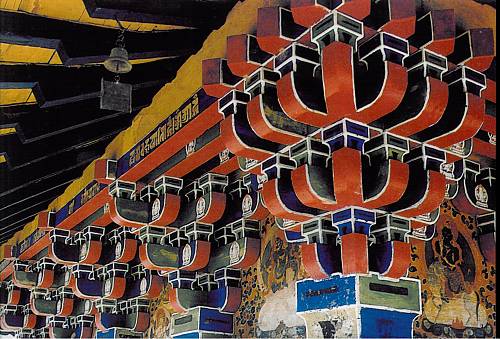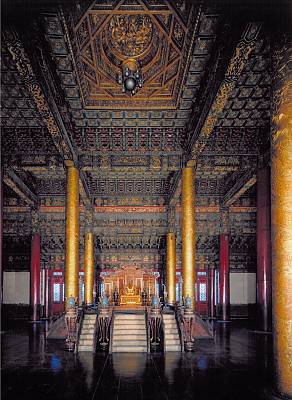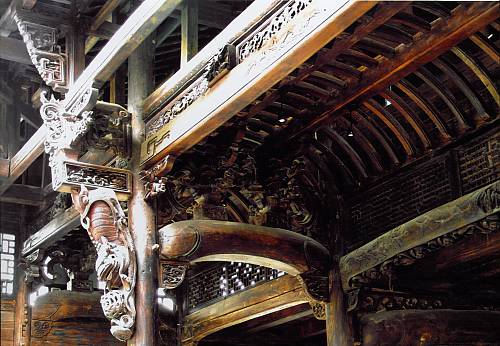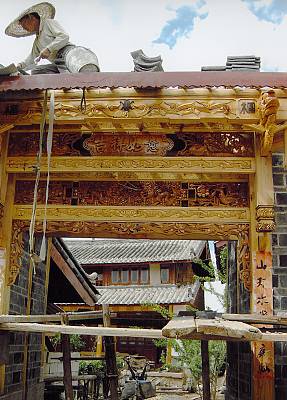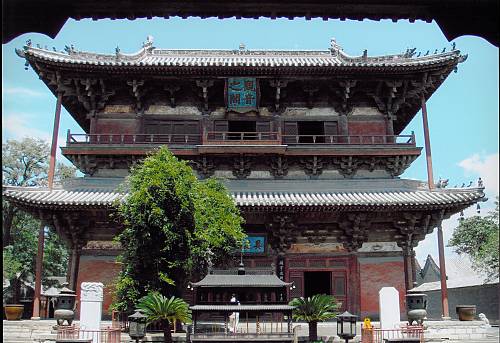Chinese traditional architectural craftsmanship for timber-framed structures
Inscribed in 2009 (4.COM) on the Representative List of the Intangible Cultural Heritage of Humanity

Standing as distinctive symbols of Chinese architectural culture, timber-framed structures are found throughout the country. The wooden components such as the columns, beams, purlins, lintel and bracket sets are connected by tenon joints in a flexible, earthquake-resistant way. The surprisingly strong frames can be installed quickly at the building site by assembling components manufactured in advance. In addition to this structural carpentry, the architectural craft also encompasses decorative woodworking, tile roofing, stonework, decorative painting and other arts passed down from masters to apprentices through verbal and practical instruction. Each phase of the construction procedure demonstrates its unique and systematic methods and skills. Employed today mainly in the construction of structures in the traditional style and in restoring ancient timber-framed buildings, Chinese traditional architectural craftsmanship for timber-framed structures embodies a heritage of wisdom and craftsmanship and reflects an inherited understanding of nature and interpersonal relationships in traditional Chinese society. For the carpenters and artisans who preserve this architectural style, and for the people who have lived in and among the spaces defined by it for generations, it has become a central visual component of Chinese identity and an important representative of Asian architecture.
